The stalwart forester, Rangers are Wisdom-leaning strikers of Dungeons & Dragons 5th Edition, using their knowledge of natural magic to their advantage on the battlefield. Historically one of the weakest classes in the game, a series of variant abilities and solid Ranger Archetypes have breathed new life into these hunter-gatherers.
But, while they have several ways to become potent melee strikers, their archetypes range from really strong to almost unplayable. It’s important to know what you’re getting into when you reach the level that you can start selecting these. So, let’s put them on a list.
Ranger Archetypes are available to Rangers that reach level three. They gain one or more abilities at level three and then gain additional powers at levels seven, 11, and 15. These powers tend to follow a trend of early-game damage, midgame defensive options, and endgame utility. However, each archetype handles this format differently.
All playable Ranger Archetypes in 5E
There are eight playable 5E Ranger archetypes from official channels. None have any written restrictions for getting them and you can access any of them at level three, as long as your DM okayed the book they are in.
8. Hunter
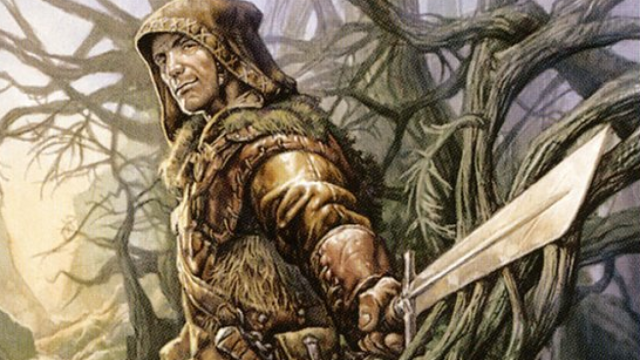
Seek out your prey and take them down, 1d8 bonus damage at a time.
- Role: Melee damage, ranged damage
- Notable Features: Hunter’s Prey, Multiattack
The Hunter is a modular archetype with a lot of different options. You can build area-of-effect with Horde Breaker, for instance, or deal additional damage to injured characters with Colossus Slayer. They can choose different defensive styles depending on the campaign and obtain several Rogue defensive options, like Evasion and Uncanny Dodge.
However, the Hunter suffers from early 5E design for the Ranger. And it suffers quite significantly as a result. Other archetypes do better single-target or area-of-effect damage now, going farther than an action to deal your bow damage in a 10-foot burst at level 11.
In addition, its most powerful trait—Colossus Slayer—gets outpaced by the damage found in other Ranger archetypes. 1d8 damage per turn is nothing, especially when it gets no scaling.
A sad casualty of the PHB design cycle of Ranger. And, unlike the other two, this one saw no additional support.
7. Monster Slayer
Do you smell that? That smells like evil.
- Role: Melee damage, ranged damage, anti-creature utility
- Notable Features: Monster Slayer Magic, Slayer’s Prey
The Monster Slayer is a peculiar Ranger. It begins with three abilities, including solid bonus spells, Hunter’s Sense which is an interesting knowledge tool, and Slayer’s Prey—the class’s main gimmick.
Slayer’s Prey, as a bonus action, allows you to deal additional damage to a creature once per turn. 1d6 damage, specifically. This might sound familiar, and that’s because it is similar to Hunter’s Mark, the Ranger’s trademark spell. Theoretically, a Ranger could have Slayer’s Prey and Hunter’s Mark at the same time, dealing 2d6 damage to a monster the first time you hit it. Sadly, Slayer’s Prey is once per short rest, but the ability to mark an enemy is still nice. A major threat, for instance, might deserve this mark.
Just a minor problem. That only happens once per turn. This means this archetype gives you 3.5 average bonus damage per round. For the entire game.
The rest of the archetype is situational utility. You get to add a d6 to saving throws and escape rolls at level seven, an attempt to counter magic, and attack your Slayer’s Prey if it makes you roll a saving throw, causing the saving throw to automatically succeed instead.
The overreliance on Slayer’s Prey—a once-per-short rest ability—and Slayer’s Prey being weak additional damage makes this archetype middling at best. A good defensive option against mages in the late game, at least.
6. Fey Wanderer
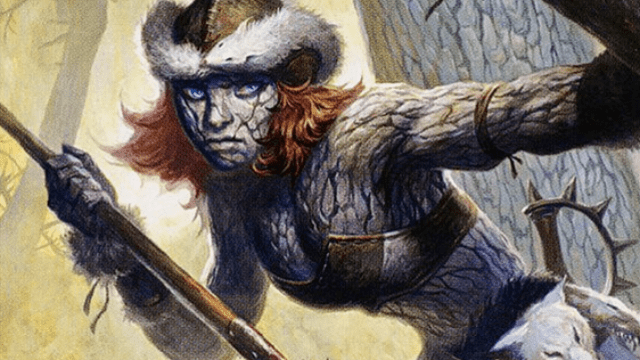
The Feywild is technically a part of nature. Maybe the scariest part.
- Role: Melee damage, ranged damage, spell utility
- Notable Features: Fey Wanderer Magic, Fey Reinforcements
The Fey Wanderer distances itself from dealing damage and combat-only specifications to grab out-of-combat utility. Don’t worry, it still deals 1d4 (to 1d6) damage once per target per turn with weapons. Uniquely, it doesn’t have a once-per-turn effect if you target multiple creatures, meaning a Ranger could get between three or four procs of this bonus damage.
The real meat and potatoes of this archetype are found outside of fights. This Ranger is a master of Misty Step, learning the spell and eventually getting the ability to cast it for free up to five times per turn. The rest of their spell list is surprisingly tight, with Dispel Magic and Dimension Door being potent winners.
They get to add their Wisdom modifier to Charisma checks, making it possible for them to talk to others and cast Summon Fey at level 11 for free. They can even summon without concentrating, making them pretty efficient in one-minute bursts; more than enough for 10 rounds of combat.
While not supremely powerful in combat, it’s one of the few Ranger archetypes capable of handling out-of-combat situations outside of Survival checks.
5. Swarmkeeper
What’s this? A Ranger post, dangerously underpopulated by bees?
- Role: Melee damage, ranged damage, combat utility
- Notable Features: Gathered Swarm, Writhing Tide, Swarming Dispersal
The Swarmkeeper is a very fun archetype with a ton of flavor but suffers a bit from traditional Ranger subclass formatting. Your main gimmick is that you are surrounded by a swarm of small creatures. When you hit an enemy, those creatures can bite them for a small amount of damage, move them, or move you. This can only happen once per turn.
The additional movement opportunities and utility of the Swarmkeeper are the best part of the class. They get a very solid list of bonus spells, like Web and Gaseous Form. They learn to fly, can knock prone or provide AC after attacks, and eventually can use a reaction to halve damage and teleport.
This is perhaps the best “damage once per turn” archetype that the Ranger has. The option to knock enemies prone rather than deal a small amount of bonus damage is very, very nice. It also has the most general utility of the Hunter, Monster Slayer, and itself. Very fun and worth digging into.
4. Horizon Walker
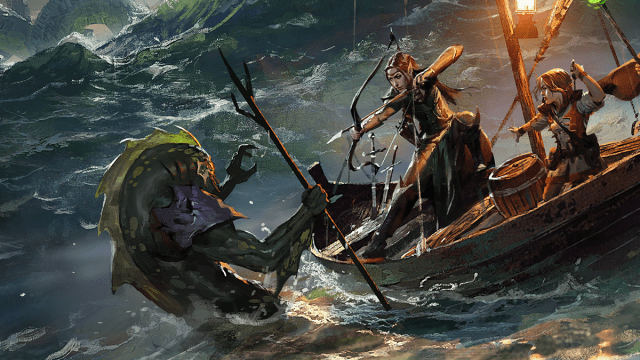
Those who seek to invade our plane must be wary of the Walkers.
- Role: Ranged damage
- Notable Features: Planar Warrior, Distant Strike
The Horizon Walker is designed to be a powerful anti-extraplanar warrior. However, unlike the Oath of the Watchers, this one doesn’t focus on specific enemy types.
Planar Warrior is an excellent bonus action that changes your next hit into Force damage with 1d8 bonus damage. This scales very well—2d8 damage at level 11—and makes the archetype more manageable with bows, since those don’t have a great bonus action to work with.
However, the bonus damage is far from the best feature. This archetype has insane spells that they learn automatically—Protection from Evil and Good, Misty Step, Haste, and Banishment—which are all awesome for a Ranger. The ability to cast Etherealness as a bonus action is handy defensively, even if it only lasts one turn.
The level 11 ability of Distant Strike allows for a strange, area-of-effect idea for the Planar Warrior. With a mix of Haste and this ability, the Ranger can make four attacks with a bow in a turn, though only two can hit the same target. This is good damage, especially with the Sharpshooter feat. Even the level 15 feat applies resistance to any attack through a reaction.
This feat has good offense, defense, and an excellent spell list. Well worth a consideration in any campaign.
3. Gloom Stalker
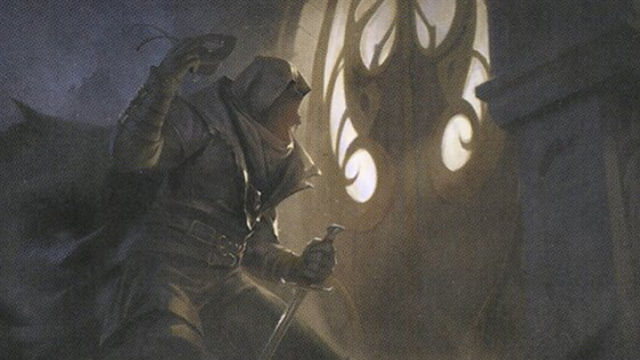
While far from the murderer it is in BG3, this archetype can put in work.
- Role: Melee damage, ranged damage
- Notable Features: Dread Ambusher, Stalker’s Flurry
The Gloom Stalker is the strongest archetype in the early game of DnD 5E for Ranger. Dread Ambusher allows it to make an extra weapon attack in the first turn that deals a bonus d8 damage. While this extra attack only occurs in the first round, combining this with Hunter’s Mark can let your Ranger easily down a foe from levels three to seven, or at least whittle them down enough that it’ll take a pittance to take them out. For a lot of encounters, that means you can take out the boss’s Cleric or support creature.
The rest of the archetype is middling, but still helpful for a Ranger. Your spells aren’t great, but you get a better version of Darkvision that counters creatures that use Darkvision. Later on, you get proficiency in Wisdom Saving Throws—arguably the best saving throw—and the ability to make a weapon attack after missing an attack. If you assume you’re probably going to miss one attack per turn, especially using Sharpshooter, then this is extremely handy.
While the Gloom Stalker falls off in the mid and late game, it’s early-game utility—and multiclass potential with the Assassin Rogue—can carry your party through their hard levels.
2. Beast Master
What’s better than a Ranger? A Ranger with a permanent new party member.
- Role: Melee damage, ranged damage, summoner
- Notable Features: Ranger’s Companion or Primal Companion
This ranking assumes that your DM allows you to use the variant Primal Companion rule. The base Ranger’s Companion is awkward to use at the best of times and likely drops down to a four or five on our ranking. Requiring you to take an action and wait until level five to let you attack when your animal attacks is awkward at best.
The Primal Companion scales much better than the base animal, comes back to life much faster, and can be swapped out more easily. While they have more generic traits, they are definitive traits and scale with your Wisdom modifier and any other spell attack roll item you can find.
And the hits keep coming. At level seven, your bonus action can let the beast move more easily and safely. At level 11, the beast can make two attacks, making your Primal Companion bonus action legitimately scary. At level 15, your buffs also improve your animal companion, making some specific spells stronger.
The animal companion is always bonus damage and makes fights much easier by offering a new target for enemies. It will take damage and you do need to care for it, but with Primal Companion, this archetype becomes much more reliable. A replaceable tank is hard to replicate, without being a Zealot Barbarian.
1. Drake Warden
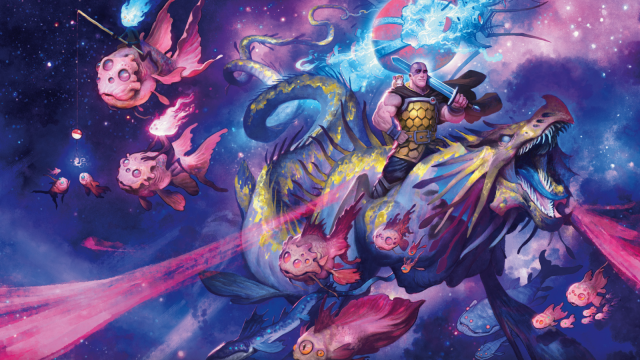
Okay, but why make friends with a random bear when you could make friends with a dragon?
- Role: Melee damage, ranged damage, summoner
- Notable Features: Drake Companion
Like the Beast Master, the Drake Warden comes with a summoned friend that you can bring back with a spell slot. However, unlike the Beast Master, this friend has some real bite. The summon itself is a relatively strong dragon that deals less damage than the Beast of the Land but offers some small utility in being immune to a specified damage type and dishing out damage to anybody who hits a target as a reaction.
The Drake also scales more interestingly than the animal companion. Rather than simply making two attacks and slightly more movement opportunity, the Drake becomes mountable and offers you damage resistance to its elemental damage type. It also gains the ability to breathe a cone of its damage type as an action, giving the Ranger access to a multi-elemental Fireball.
The Drake can also fly pretty quickly, letting it chase down flying Wizards by level seven. By level 15, you can fly with it and you get a reaction to protect both of you from any type of damage.
This archetype is very strong and brings a verifiable fiend to the battlefield with you. It’s really worth considering for all types of Rangers, even if it crowds the frontline a little bit.


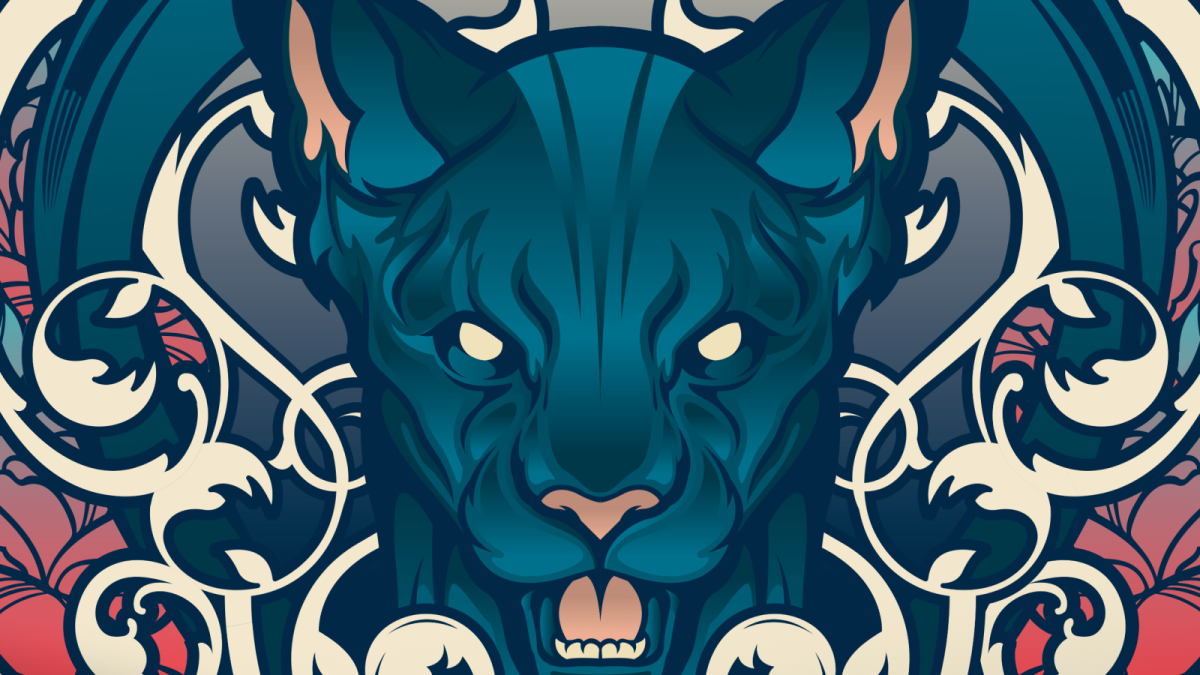
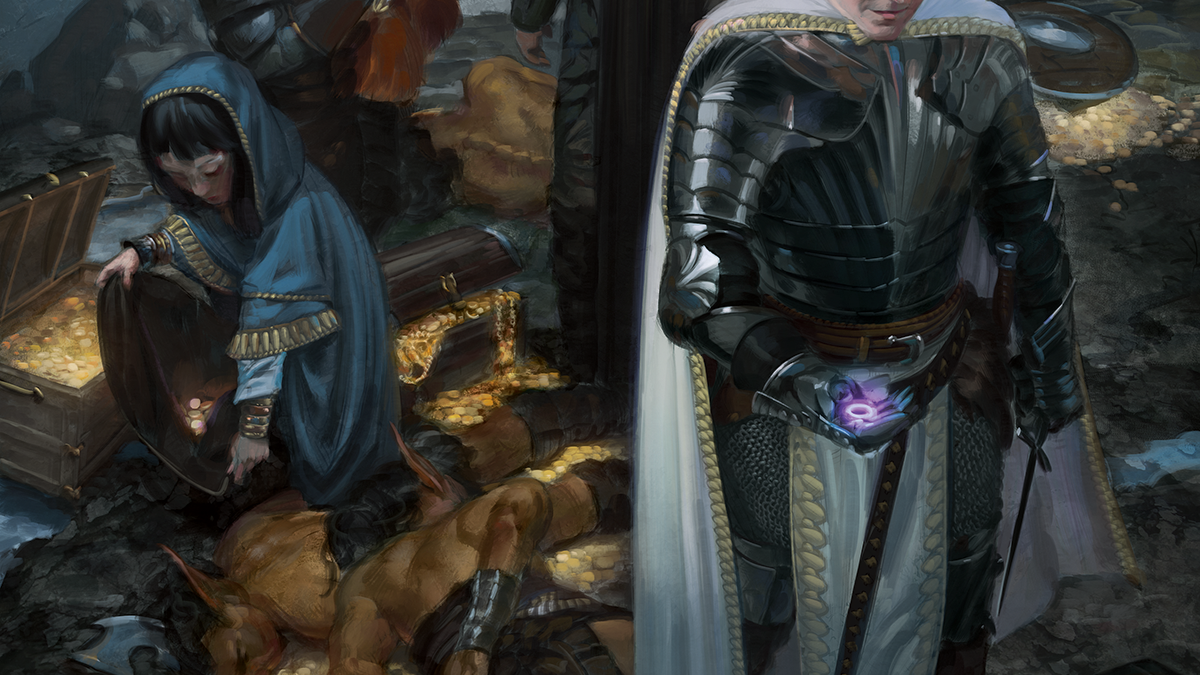
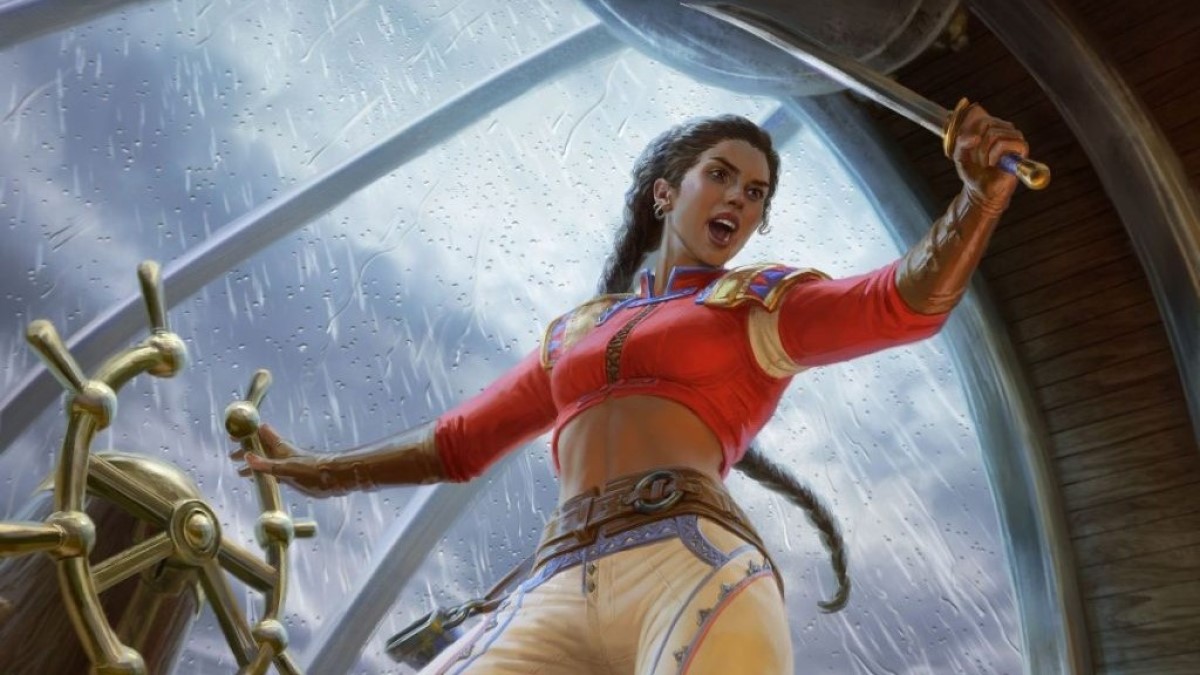
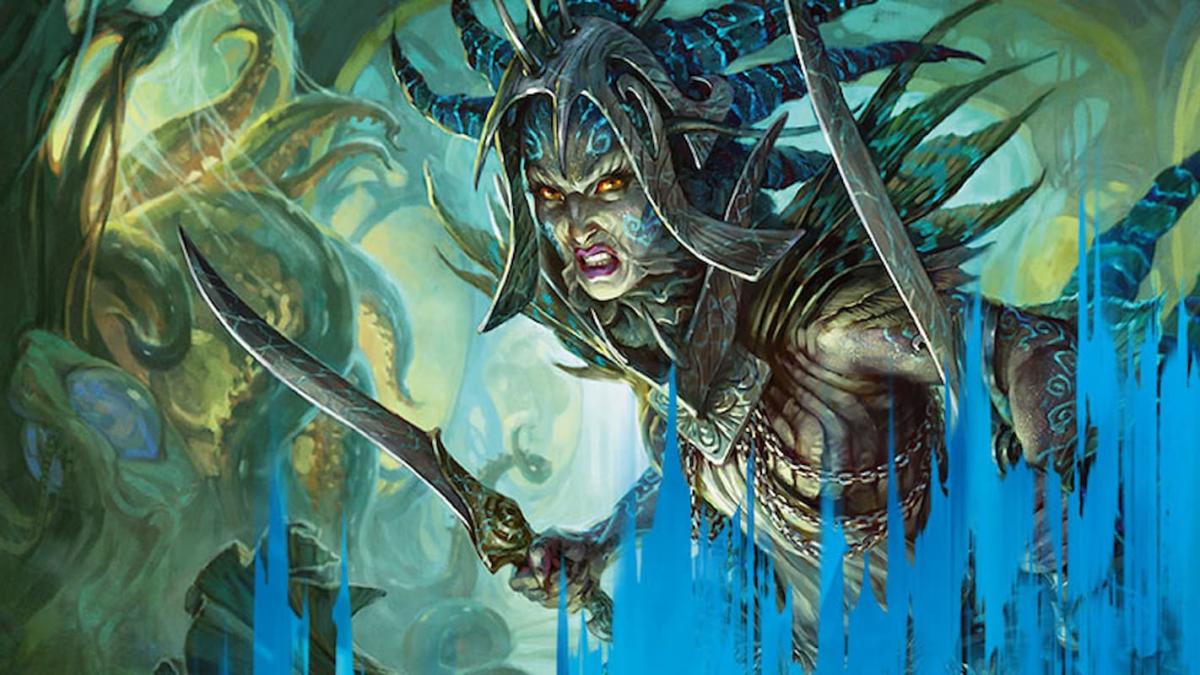
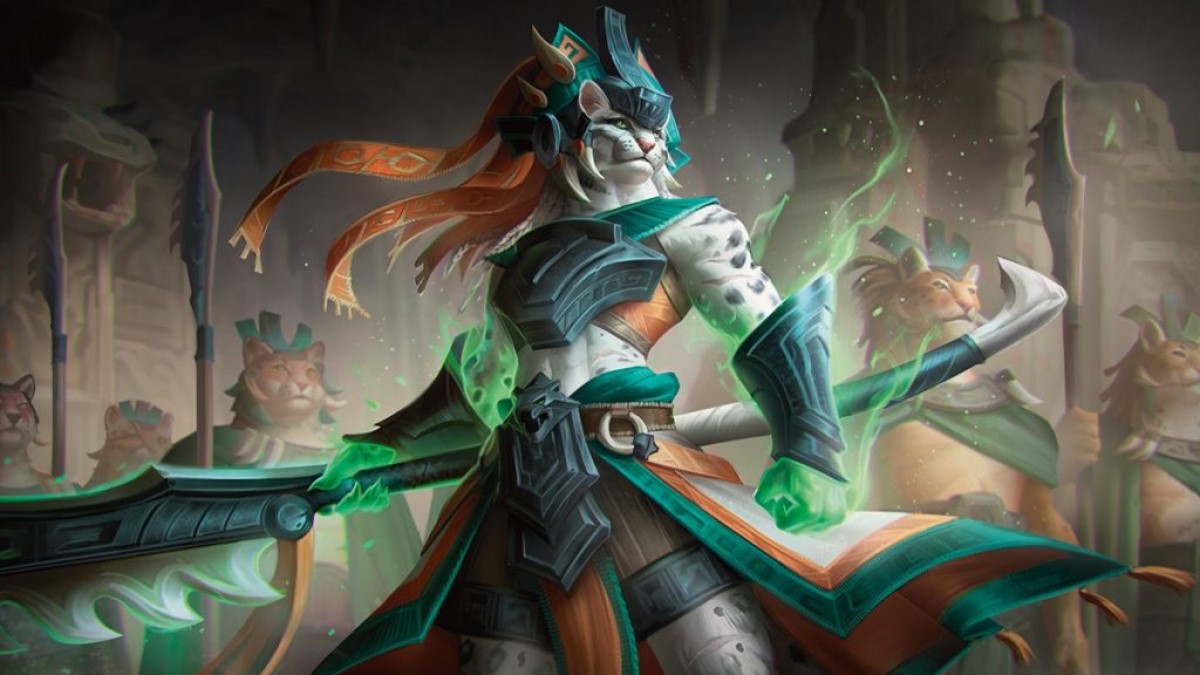
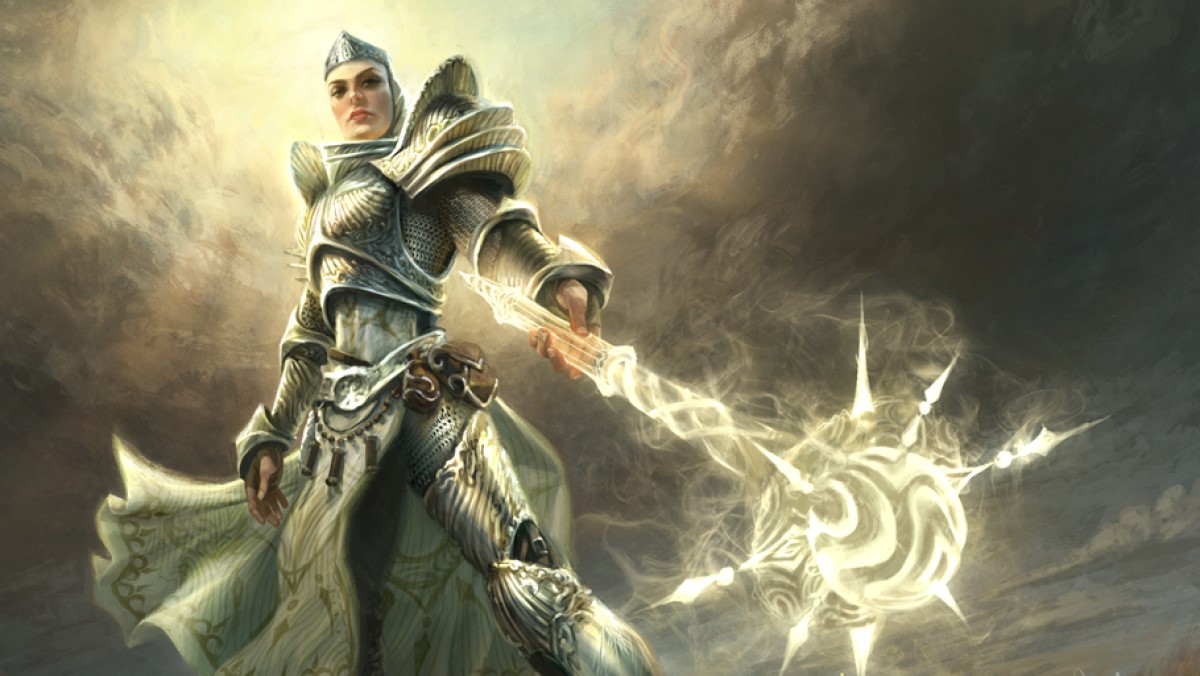

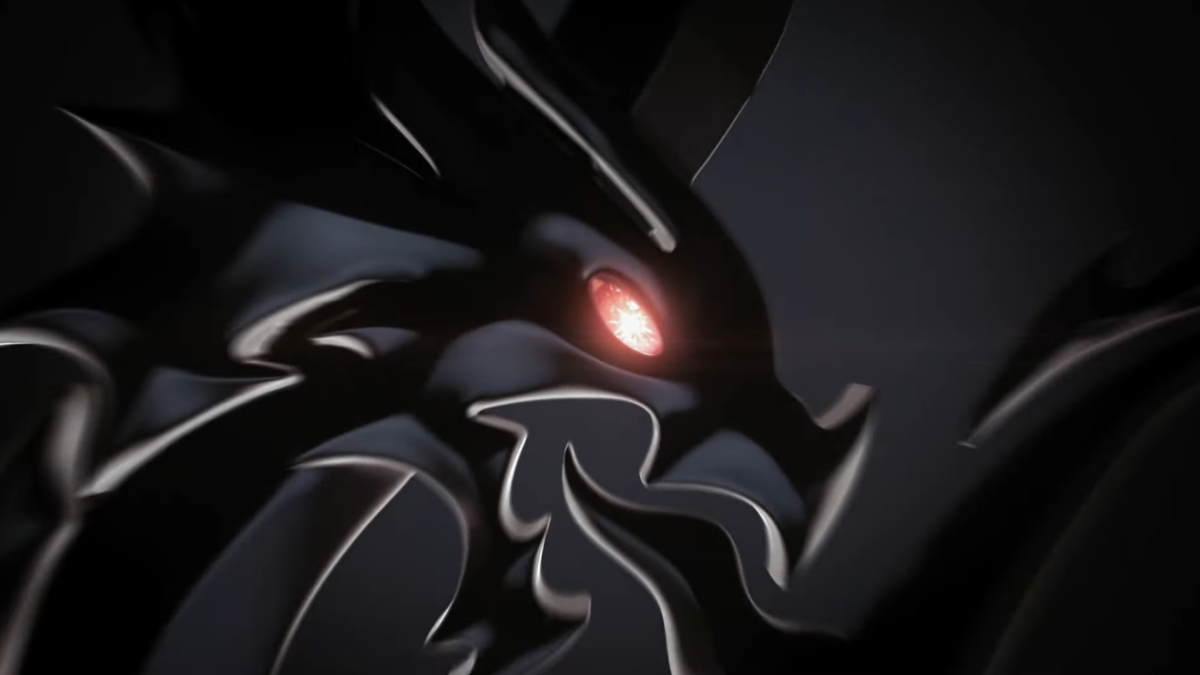
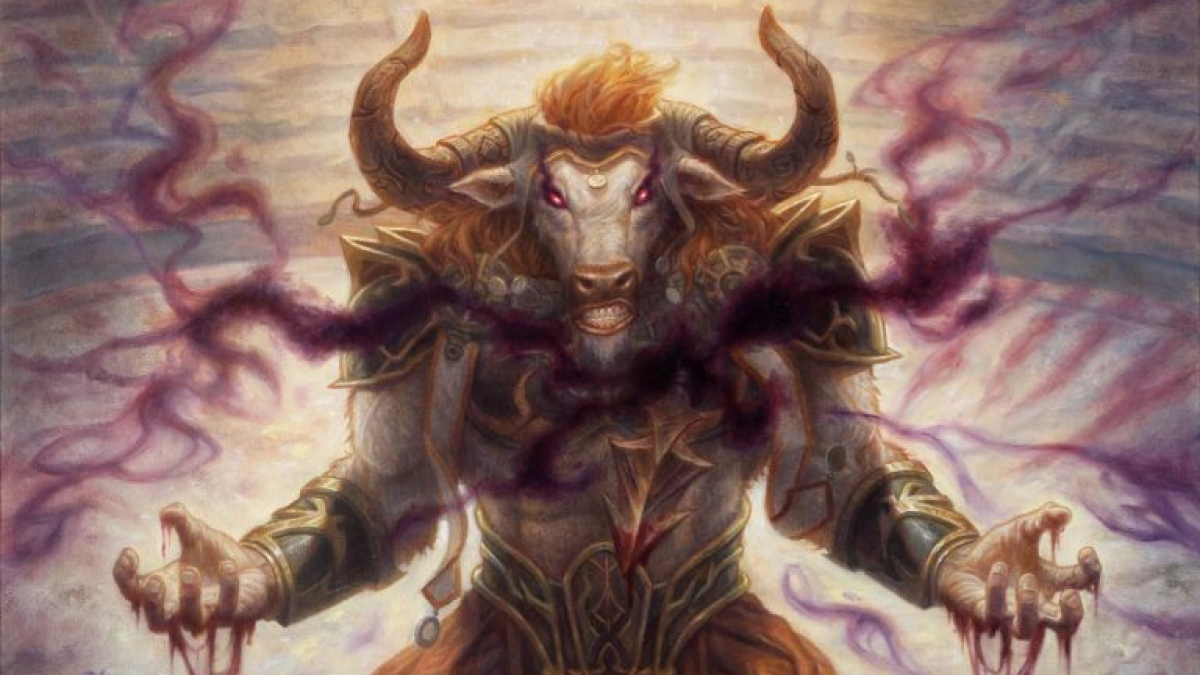

Published: Sep 11, 2023 10:09 pm